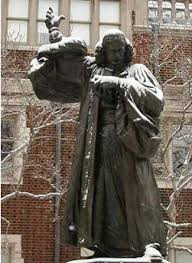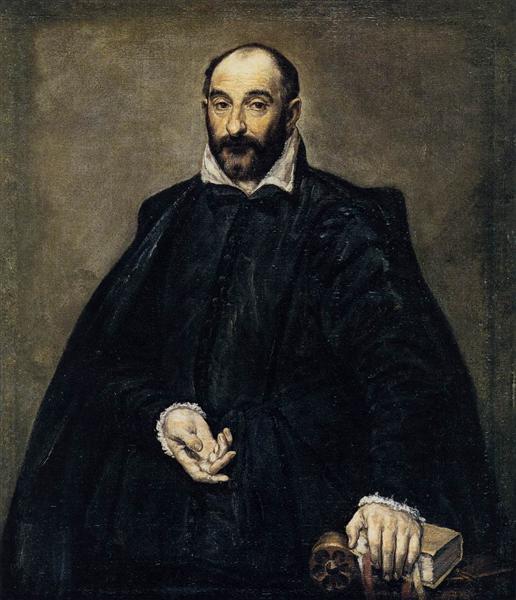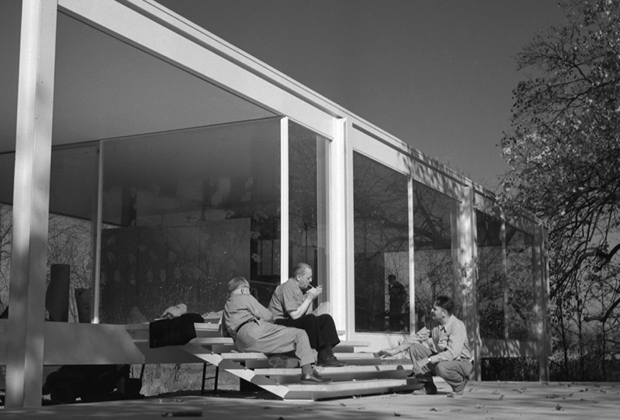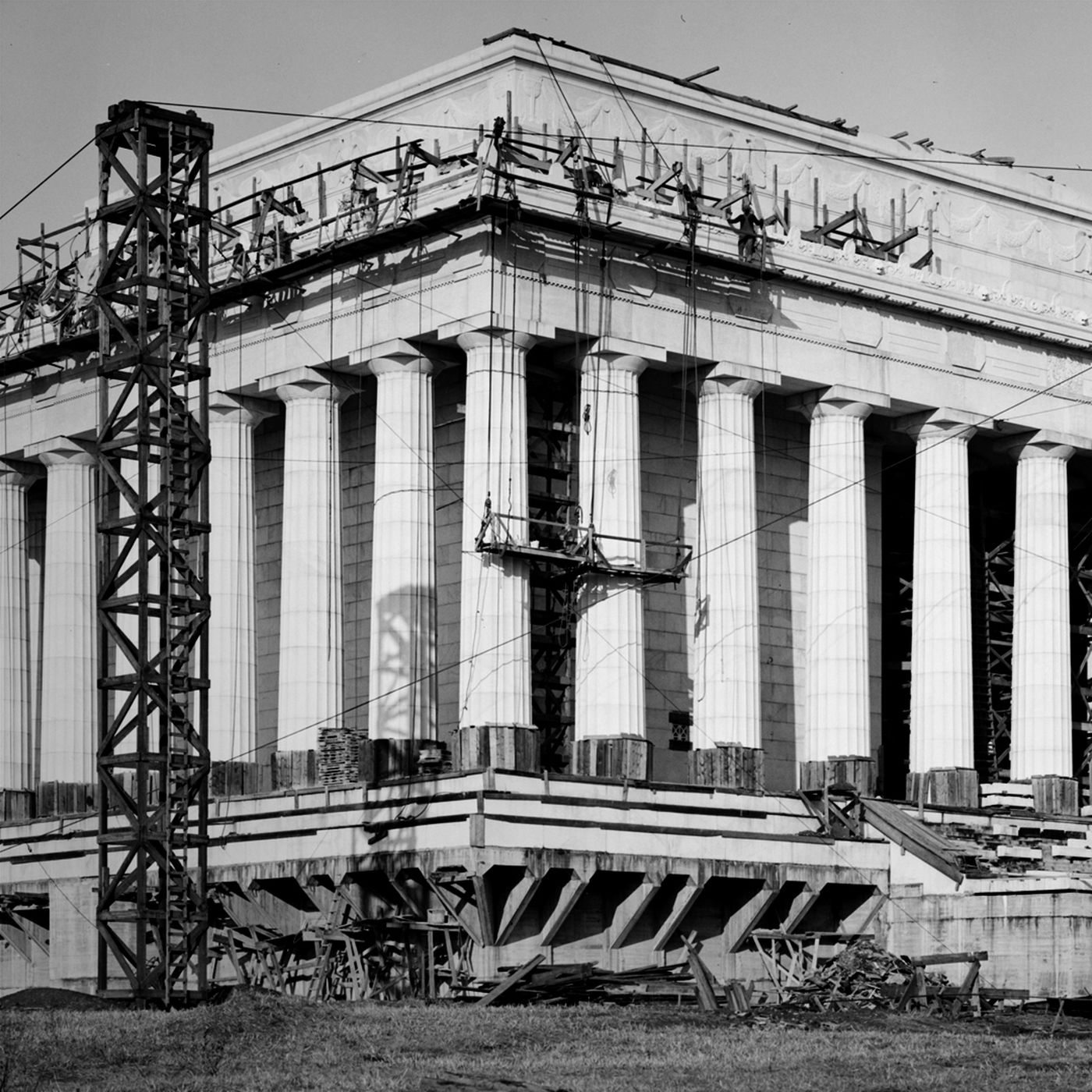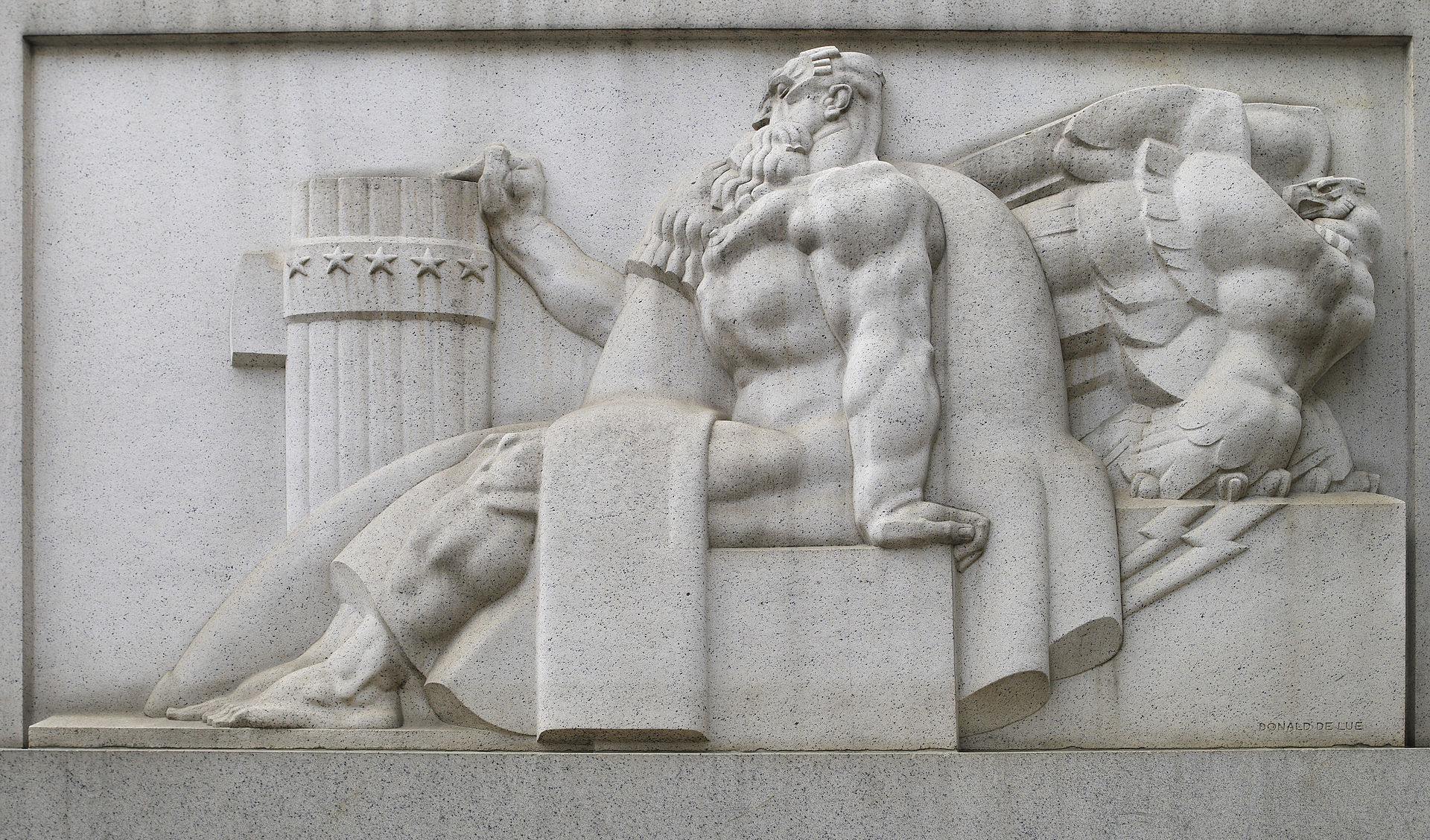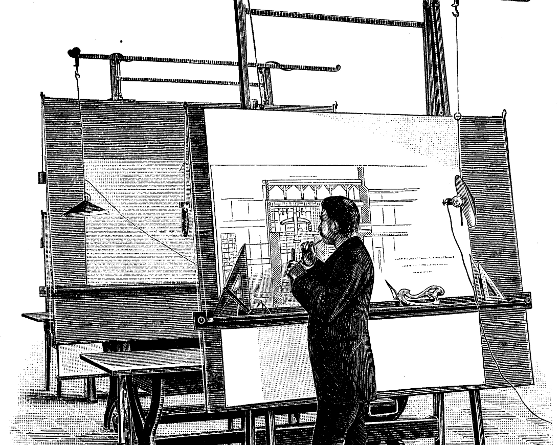WHAT’S NEXT
Last week, the University of Pennsylvania announced plans to remove its statue of George Whitefield, a famous eighteenth-century British preacher, due to his condoning slavery. What was the statue, made by R. Tait McKenzie in 1919, doing at Penn? Whitefield was a lifelong friend of Benjamin Franklin, the founder of the university. Moreover, as the Penn website notes: “Franklin chose the Whitefield meeting house, with its Charity School, to be purchased as the site of the newly formed Academy of Philadelphia which opened in 1751, followed in 1755 with the College of Philadelphia, both the predecessors of the University of Pennsylvania.”

